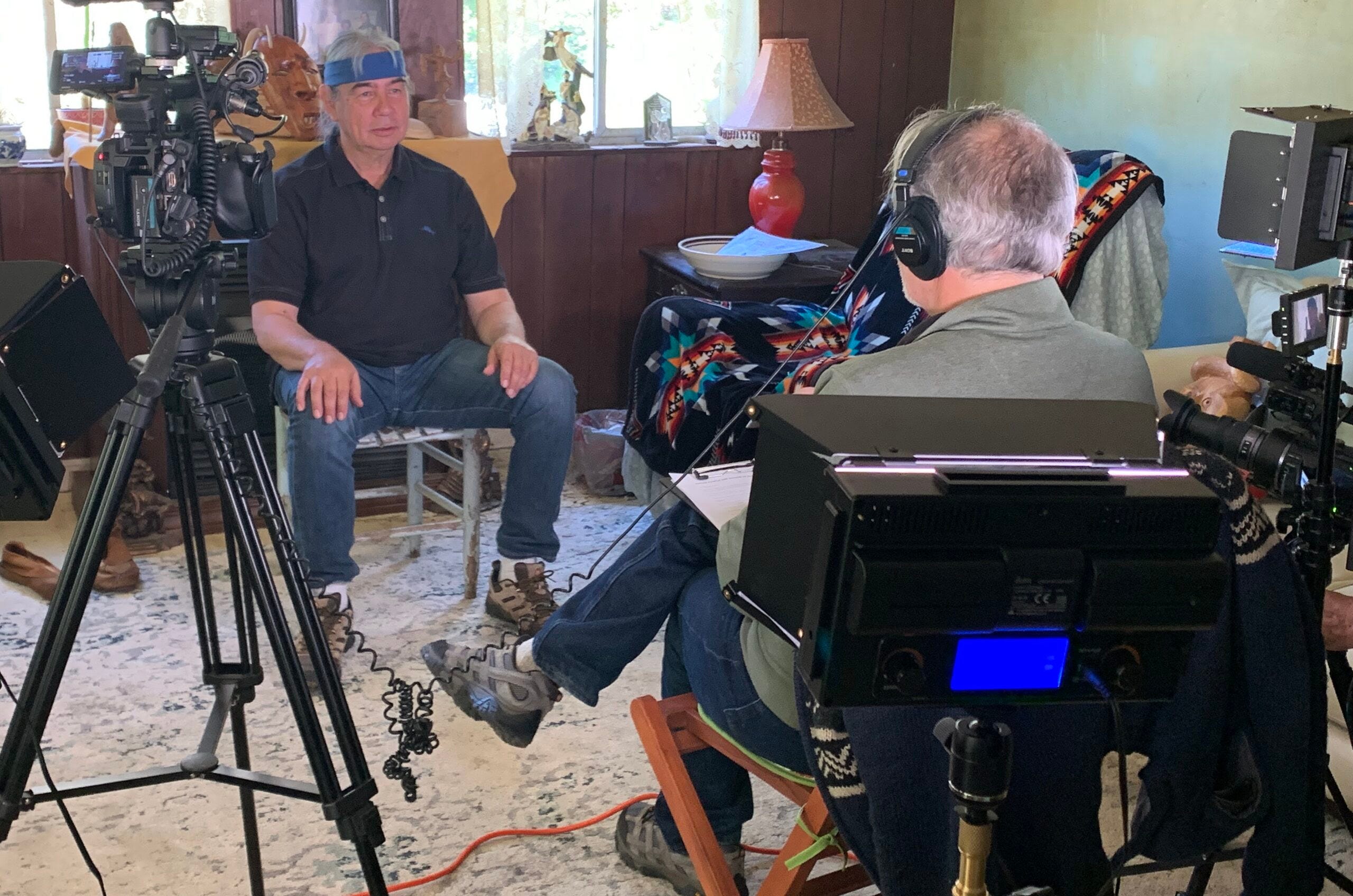From our friends at SaveCulture.Org: Contact us today at SaveCulture.org
Oral History In Progress
The voices of our elders are our area’s true gems.
Filming Local History
No one else brings our local history to light like the Center for Cultural Preservation.
Telling Forgotten Stories That Matter
Many folks don’t realize that North Carolina was the first gold producing state in the United States. Between 1803 until 1838 it produced more gold than any other place in the country until 1849 when gold was discovered in California. Although most of this gold was found in the Piedmont, gold has been found throughout Western North Carolina.
Although there’s unlikely to be any great caches of gold in this region outside of the Biltmore Estates, perhaps the greatest gold mine in our community resides in the legacy of our region’s elders and the folkways that they left behind.
One of the dreams I’ve had for years has been to make accessible the 500 or so oral histories I’ve collected not only in North Carolina, but throughout the South. Only a small fraction of these interviews ever make it to the final cut of my films, meaning that much of the treasures buried in the interviews with elders never see the light of day. What if ALL of these oral histories could be made available to the world? But it isn’t as simple as it sounds. To make such a treasure chest fully accessible to students, academics, history lovers and all of us, this interface would need to be searchable which requires some intense work by a web programmer, an IT expert and a team of transcribers in addition to editing each interview to be useable.
Fortunately, the Louie B. Nunn Center for Oral History of the University of Kentucky has created a web-based system that allows interviews to be synchronized with transcripts to bring rich repositories like ours to life. This application is mostly used by large universities that have IT departments that can handle the sophisticated coding and transcription involved. But our little ole cultural nonprofit, the Center for Cultural Preservation, based in Hendersonville has chosen to create this landmark program here in WNC.
To understand how valuable this archive truly is, here’s a sampling of what you will soon have access to:
Larry Ball, 7th generation Dana elder was a collector of WNC’s history. He collected small memorabilia but also locally produced tractors, corn stalk cutters, corn shellers and horse-drawn items and he rebuilt three 19th century wooden cabins on his property that were about to be demolished. He gives a tour of his treasures including his rebuilt country store and post office.
Effie Mae Russell discusses canning over an open fire and plowing her farm with oxen with her sister.
Rev. Bobby Hill Dr. discusses the rich African American world in Hendersonville and the racial hatred that surrounded him.
Jerry Wolfe, “Beloved Man” of the Eastern Band of Cherokee, discusses the rich resilient world of the Cherokee Indians.
These interviews include African American, Native American, Scots-Irish, Jewish communities among many others. These oral histories tell the story of the lives of the people whose sweat and tears rests in the soil and whose resilience and craftsmanship is a testament to the powerful interconnected lives that people lived over the generations, connected to the land, to their faith and to each other. You can become a cultural savior by supporting the Center’s work by helping us raise the $40,000 we still need to complete this work and get at least half our archive online by this time next year while we continue our legacy by making additional films.
You can make your tax deductible donation online HERE and earn a host of premiums from DVDs, our long-awaited Appalachian Storytelling Jewels Vol II, a paddling trip and more or you can mail your check to the Center for Cultural Preservation at PO Box 1066, Flat Rock, NC 28731. Thank you in advance for your support!
SPOTLIGHT ON A CENTER SPONSOR
Adept Word Management has been transcribing many of our oral histories for nearly a decade. In addition to high quality transcribing of anything from medical records to family histories, they also have translation services and do video captioning.
The Center highly recommends them for all your transcription needs! You can reach them HERE.
FOLLOW US
Questions? Contact us today at SaveCulture.org


